

Articles
What Is The Best Fertilizer For Potatoes
Modified: January 19, 2024
Discover the best fertilizer for potatoes and maximize your yield with our informative articles. Find expert tips and recommendations to grow healthy and abundant potatoes.
(Many of the links in this article redirect to a specific reviewed product. Your purchase of these products through affiliate links helps to generate commission for Storables.com, at no extra cost. Learn more)
Introduction
When it comes to growing healthy and bountiful potatoes, using the right fertilizer is crucial. Fertilizers provide essential nutrients that help potatoes thrive and produce a higher yield. But with so many options available, it can be overwhelming to know which fertilizer is best for potatoes.
In this article, we will explore the different types of fertilizers available for potatoes and help you understand their nutrient requirements. Whether you are a seasoned gardener or a beginner, this guide will equip you with the knowledge to make an informed decision and choose the best fertilizer for your potato plants.
Before we dive into the specifics, it is important to understand the nutrient needs of potatoes. Potatoes are heavy feeders that require a balanced combination of nitrogen (N), phosphorus (P), and potassium (K) – often referred to as NPK – along with other micronutrients, to grow and develop properly.
Throughout the growing season, potatoes require different amounts of these nutrients at various stages of their growth. Initially, they need more nitrogen to promote healthy foliage and stem development. As they mature, they require higher levels of phosphorus for root and tuber development. Lastly, potassium is important for overall plant vigor, disease resistance, and tuber quality.
Now that we have a better understanding of the nutrient needs of potatoes, let’s explore the different types of fertilizers available for potatoes and their specific benefits.
Key Takeaways:
- Choose the right fertilizer for potatoes by understanding their specific nutrient needs and considering factors such as soil testing, nutrient balance, and fertilizer release rate. Proper application and monitoring are crucial for optimal growth.
- Nitrogen-based fertilizers promote foliage growth, phosphorus-based fertilizers aid root development, potassium-based fertilizers enhance overall plant vigor, and organic fertilizers offer a sustainable option. Understanding the unique needs of your potato plants is key to successful cultivation.
Read more: What Are Seed Potatoes
Understanding the Nutrient Needs of Potatoes
To effectively nourish your potato plants, it is important to understand their specific nutrient requirements. Potatoes require a balanced combination of nitrogen, phosphorus, and potassium, along with other essential micronutrients, throughout their growth cycle.
Nitrogen (N) is crucial for promoting vigorous growth and the development of lush foliage. It is responsible for driving the green, leafy growth of potato plants. When potatoes receive an adequate supply of nitrogen, they develop a strong and healthy canopy, ensuring efficient photosynthesis and increased yields. However, an excessive amount of nitrogen can lead to excessive foliage growth at the expense of tuber production.
Phosphorus (P) plays a vital role in promoting root development, tuber formation, and overall plant strength. It aids in the transfer and storage of energy within the plant, supporting the growth of healthy root systems. Adequate phosphorus levels are particularly important during the early stages of potato growth. Insufficient phosphorus can result in stunted growth, poor tuber development, and reduced yields.
Potassium (K) is essential for various physiological processes in potato plants, including water and nutrient uptake, disease resistance, and overall plant vigor. It helps in the development of strong stems, enhances tuber quality, and improves the plant’s ability to withstand environmental stresses. Potassium deficiency can lead to weaker plants, lower yields, and increased susceptibility to diseases and pests.
In addition to these macronutrients, potatoes also benefit from a range of micronutrients, including calcium, magnesium, sulfur, iron, zinc, and others. These micronutrients play critical roles in enzyme activation, photosynthesis, and nutrient uptake. While the requirements for these micronutrients are relatively low compared to macronutrients, their deficiency can still impact plant health and yield
Now that we have a clear understanding of the nutrient needs of potatoes, let’s explore the different types of fertilizers available that can provide these essential nutrients.
Types of Fertilizers for Potatoes
When it comes to fertilizing potatoes, there are several different options to choose from. Each type of fertilizer offers unique benefits and contains varying levels of the essential nutrients required by potatoes. Understanding the different types will help you make an informed decision about which fertilizer to use for your potato plants.
1. Nitrogen-based fertilizers: Nitrogen is crucial for promoting the lush foliage growth of potatoes. Nitrogen-based fertilizers, such as ammonium nitrate, urea, and ammonium sulfate, are high in nitrogen content. These fertilizers provide a quick boost of nitrogen to stimulate vigorous leaf and stem growth. However, excessive nitrogen can lead to excessive foliage growth at the expense of tuber development. It is essential to monitor and apply nitrogen-based fertilizers judiciously.
2. Phosphorus-based fertilizers: Phosphorus is vital for root development and tuber formation in potatoes. Phosphorus-based fertilizers, like triple superphosphate and bone meal, contain high amounts of phosphorus. These fertilizers contribute to the establishment of strong root systems, ensuring healthy tuber development. Applying phosphorus-based fertilizers at planting or during the early stages of growth is beneficial for promoting robust root growth and maximizing tuber production.
3. Potassium-based fertilizers: Potassium is essential for overall plant vigor, disease resistance, and tuber quality. Potassium-based fertilizers, such as potassium sulfate and potassium chloride, provide a concentrated source of potassium. These fertilizers help in maintaining osmotic balance, improving water and nutrient uptake, and enhancing the overall health and resilience of potato plants. Applying potassium-based fertilizers during the later stages of growth is beneficial for better tuber quality and yield.
4. Organic fertilizers: Organic fertilizers offer a more natural and sustainable option for fertilizing potatoes. Compost, well-rotted manure, and organic matter-rich amendments like fish emulsion and seaweed extract are excellent sources of essential nutrients for potatoes. Organic fertilizers not only provide nutrients but also improve soil fertility, water retention, and microbial activity. They promote long-term soil health and reduce the risk of nutrient imbalance or excesses. Incorporating organic fertilizers into the soil prior to planting or as a top dressing during the growing season can significantly benefit potato plants.
Now that we have explored the different types of fertilizers for potatoes, it’s important to choose the best fertilizer that meets the specific needs of your potato plants.
Nitrogen-based Fertilizers for Potatoes
Nitrogen is an essential nutrient for potatoes, as it promotes vigorous foliage growth and overall plant development. Nitrogen-based fertilizers are a common choice for providing the necessary nitrogen to potato plants. These fertilizers typically contain high levels of nitrogen, allowing for rapid uptake and utilization by the plants.
There are several types of nitrogen-based fertilizers that are suitable for potato cultivation:
1. Ammonium Nitrate: Ammonium nitrate is a widely used nitrogen-based fertilizer in potato production. It is a granular fertilizer that consists of nitrogen in the form of ammonium (NH4+) and nitrate (NO3-). Ammonium is readily taken up by plants and is beneficial for early growth and leaf development. Nitrate, on the other hand, is more suitable for promoting the growth of the tubers. Ammonium nitrate provides a balanced nitrogen source throughout the growing season, ensuring consistent plant growth and optimal potato yields.
2. Urea: Urea is another commonly used nitrogen-based fertilizer in potato farming. It contains nitrogen in the form of urea (NH2CONH2) and is easily soluble in water. Urea is an economical choice as it has the highest nitrogen content among solid fertilizers. Upon application, urea is converted into ammonium in the soil through a process called hydrolysis. Potato plants can readily take up the ammonium form of nitrogen, ensuring efficient fertilizer utilization. However, it is important to note that urea requires proper soil moisture and incorporation to avoid nitrogen loss through volatilization.
3. Ammonium Sulfate: Ammonium sulfate is a nitrogen-based fertilizer that contains both ammonium and sulfate. It provides a readily available form of nitrogen to potato plants while also contributing sulfur, an essential secondary nutrient. Ammonium sulfate is well-suited for soils that are deficient in sulfur, as it helps in maintaining adequate nutrient balance. This nitrogen source is quickly absorbed by potato plants, ensuring rapid growth and development.
When applying nitrogen-based fertilizers to potatoes, it is essential to follow proper application guidelines. Over-fertilization with nitrogen can lead to excessive vegetative growth at the expense of tuber development. It is recommended to split the nitrogen application, providing a portion at planting and the rest during the growing season. This helps to feed the plants as they enter different growth stages and prevents nutrient imbalances.
Regular soil testing is also advisable to monitor nutrient levels and ensure optimal fertilizer application. Nitrogen-based fertilizers should be applied based on the specific needs of your potato plants and the nutrient levels determined by soil testing.
Now that we have explored nitrogen-based fertilizers for potatoes, let’s move on to the next type of fertilizer – phosphorus-based fertilizers.
Phosphorus-based Fertilizers for Potatoes
Phosphorus is an essential nutrient for potatoes, playing a crucial role in promoting root development, tuber formation, and overall plant strength. Phosphorus-based fertilizers are specifically formulated to provide an adequate supply of phosphorus to potato plants, ensuring healthy growth and maximized yields.
Here are some commonly used phosphorus-based fertilizers for potatoes:
1. Triple Superphosphate: Triple superphosphate is a popular phosphorus-based fertilizer that provides a highly concentrated source of phosphorus. It is made by treating phosphate rock with sulfuric acid, resulting in a water-soluble form of phosphorus that is easily taken up by plants. Triple superphosphate is typically applied during planting or early in the growing season to promote strong root development. It is an excellent choice for potatoes, as it helps in establishing a robust root system, enhancing nutrient uptake, and ensuring optimal tuber formation.
2. Bone Meal: Bone meal is an organic phosphorus-based fertilizer that is derived from ground animal bones. It is rich in organic phosphorus and also contains calcium and other trace minerals. Bone meal is a slow-release fertilizer, gradually breaking down in the soil and providing a steady source of phosphorus over time. It is beneficial for promoting healthy root growth and tuber formation in potatoes. Incorporating bone meal into the soil prior to planting or applying it as a side dressing during the growing season can help meet the phosphorus needs of potato plants.
3. Rock Phosphate: Rock phosphate is a natural source of phosphorus that is mined from phosphate rock deposits. It contains various forms of phosphorus, including insoluble compounds. While rock phosphate is not readily available to plants, it can be slowly converted into plant-available forms by soil microorganisms over time. Incorporating rock phosphate into the soil before planting allows for gradual release and utilization of phosphorus by potato plants. It is a sustainable option for long-term soil fertility improvement.
When using phosphorus-based fertilizers, it’s important to apply them according to the specific needs of your potato plants and the recommendations of a soil test. Phosphorus is most beneficial during the early stages of potato growth when root development and tuber formation occur. Applying phosphorus-based fertilizers at planting or as a starter fertilizer helps to provide the necessary nutrient boost for optimal plant establishment and tuber development.
It’s worth noting that excessive phosphorus application can lead to nutrient imbalances and environmental concerns. Therefore, it is important to follow recommended application rates and avoid over-fertilization with phosphorus.
Now that we have explored phosphorus-based fertilizers for potatoes, let’s move on to the next type of fertilizer – potassium-based fertilizers.
Choose a fertilizer with a higher potassium content, such as a 5-10-10 or 8-24-24 blend, to promote healthy potato growth and higher yields. Apply the fertilizer at planting and again when the plants begin to flower.
Read more: What Fertilizer Is Best For Grass
Potassium-based Fertilizers for Potatoes
Potassium is a vital nutrient for potatoes, playing a crucial role in overall plant vigor, disease resistance, and tuber quality. Potassium-based fertilizers are specifically formulated to provide an adequate supply of potassium to potato plants, ensuring optimal growth and maximizing yields.
Let’s explore some commonly used potassium-based fertilizers for potatoes:
1. Potassium Sulfate: Potassium sulfate is a popular potassium-based fertilizer that provides a concentrated source of potassium along with sulfur. It is highly soluble and readily available to potato plants. Potassium sulfate helps in maintaining osmotic balance, improving water and nutrient uptake, and enhancing overall plant health. It is beneficial for promoting optimal tuber development, improving tuber quality, and increasing disease resistance in potatoes.
2. Potassium Chloride: Potassium chloride is another commonly used potassium-based fertilizer in potato farming. It contains high levels of potassium and is easily soluble in water. It provides a readily available form of potassium to potato plants. Potassium chloride promotes root and tuber development, enhances plant vigor, and improves resistance to environmental stresses. However, it is important to note that excessive chloride from potassium chloride can negatively affect potato quality and tuber storage life, particularly in certain potato varieties.
3. Wood Ash: Wood ash is an organic source of potassium that can be used as a natural fertilizer for potatoes. It is obtained by burning hardwoods or other plant materials, resulting in ash rich in potassium and other trace minerals. Wood ash is beneficial for increasing soil pH and adding potassium to the soil. However, it should be used with caution as it can raise soil pH levels excessively and potentially affect nutrient availability or create imbalances if used in large quantities.
When applying potassium-based fertilizers to potatoes, it’s important to follow recommended application rates and methods. Potassium is most beneficial during the later stages of potato growth when tuber development and maturation occur. Applying potassium-based fertilizers during this period ensures optimal tuber quality, disease resistance, and overall plant vigor.
It’s worth noting that applying too much potassium can lead to an imbalance in nutrient levels and affect the uptake of other essential nutrients. Regular soil testing is recommended to monitor potassium levels and ensure proper fertilizer application.
Now that we have explored potassium-based fertilizers for potatoes, let’s move on to the next type of fertilizer – organic fertilizers.
Organic Fertilizers for Potatoes
Organic fertilizers offer a natural and sustainable option for providing essential nutrients to potatoes. These fertilizers are derived from organic matter such as compost, well-rotted manure, and plant-based materials. Organic fertilizers not only supply nutrients to potato plants but also improve soil structure, enhance microbial activity, and promote long-term soil health.
Here are some commonly used organic fertilizers for potatoes:
1. Compost: Compost is created through the decomposition of organic matter, such as food scraps, leaves, and grass clippings. It is rich in essential nutrients and beneficial microorganisms. Adding compost to the soil provides a slow-release source of nutrients, including nitrogen, phosphorus, and potassium, as well as trace elements necessary for potato growth and development. Compost also helps improve soil structure, moisture retention, and nutrient availability, creating a favorable growing environment for potatoes.
2. Well-Rotted Manure: Well-rotted manure from sources like cow, horse, or chicken manure is a valuable organic fertilizer for potatoes. It is rich in nutrients, especially nitrogen, phosphorus, and potassium, as well as organic matter. The nutrients in well-rotted manure are released gradually into the soil, providing a sustained source of nutrition for potato plants. Before using manure as a fertilizer, it is essential to ensure that it has been properly composted or aged to prevent the risk of introducing harmful pathogens into the soil.
3. Fish Emulsion: Fish emulsion is a liquid organic fertilizer made from the remains of processed fish. It is a concentrated source of nitrogen, phosphorus, and trace elements. Fish emulsion enriches the soil and provides essential nutrients to potato plants. It is readily absorbed by the roots and promotes healthy foliage growth and vigorous root development. Fish emulsion can be applied as a foliar spray or soil drench, and it is a particularly useful organic fertilizer for potatoes in the early stages of growth.
4. Seaweed Extract: Seaweed extract is derived from various types of seaweed and is rich in micronutrients, vitamins, and plant growth hormones. It enhances root development, improves nutrient uptake, and boosts overall plant health. Seaweed extract also helps potatoes withstand environmental stresses and increases their resistance to diseases and pests. It can be applied as a foliar spray or added to the soil to provide organic matter and beneficial substances to the potato plants.
When using organic fertilizers, it is important to follow the recommended application rates and methods. Applying organic fertilizers before planting or as a top-dressing during the growing season ensures a consistent supply of nutrients to potato plants. Keep in mind that organic fertilizers release nutrients gradually, so it is important to plan for long-term soil fertility and nutrient management.
Now that we have explored organic fertilizers for potatoes, let’s move on to choosing the best fertilizer for your potato plants.
Choosing the Best Fertilizer for Potatoes
When it comes to choosing the best fertilizer for your potato plants, several factors need to be considered. The nutrient requirements of potatoes, the specific needs of your soil, and your gardening practices all play a role in determining the ideal fertilizer. Here are some key points to consider when choosing the best fertilizer for potatoes:
1. Soil Testing: Conducting a soil test is crucial in determining the nutrient levels and pH of your soil. This information helps identify any deficiencies or excesses in nutrients, allowing you to select a fertilizer that addresses your specific soil needs. Soil testing also provides valuable insights into soil pH, which can affect nutrient availability. Adjusting soil pH if necessary ensures optimal nutrient uptake by potatoes.
2. Nutrient Balance: Potatoes require a balanced combination of nitrogen, phosphorus, and potassium, along with other essential micronutrients. Look for fertilizers that provide a balanced NPK ratio, such as a 10-10-10 or 5-10-10 formulation. This ensures that all the essential nutrients are adequately provided for the various growth stages of potato plants.
3. Fertilizer Release Rate: Consider the release rate of the fertilizer you choose. Slow-release or organic fertilizers gradually release nutrients over time, providing a sustained source of nutrition for potatoes. On the other hand, quick-release fertilizers provide immediate nutrients, which can be beneficial when plants need a rapid boost. Using a combination of both can offer the advantages of immediate availability and long-term nutrient release.
4. Organic vs. Synthetic Fertilizers: Decide whether you want to use organic or synthetic fertilizers for your potato plants. Organic fertilizers, such as compost and well-rotted manure, contribute to long-term soil health and sustainability. They improve soil structure, promote beneficial microbial activity, and reduce the risk of nutrient imbalances. Synthetic fertilizers, on the other hand, provide precise nutrient concentrations and can be a quick solution for correcting deficiencies. Choose the type of fertilizer that aligns with your gardening principles and goals.
5. Application Method: Consider the application method that is most suitable for your gardening practices. Some fertilizers can be applied as a granular form at planting or as a top-dressing during the growing season. Others can be applied as a liquid foliar spray. Choose a fertilizer and application method that is convenient for you and aligns with the specific needs and growth stage of your potato plants.
Remember, selecting the best fertilizer for your potato plants depends on multiple factors. It is recommended to start with a soil test to understand your soil’s nutrient status and pH. This will guide you in choosing the appropriate fertilizer to meet the specific needs of your potatoes and optimize their growth and yield.
Now that you are equipped with the knowledge of choosing the best fertilizer, let’s move on to understanding the proper application of fertilizers to potatoes.
Applying Fertilizer to Potatoes
Applying fertilizer correctly to your potato plants is essential for supplying the necessary nutrients and promoting healthy growth and abundant yields. Here are some key guidelines for properly applying fertilizer to potatoes:
1. Timing: It’s important to time the application of fertilizer appropriately. Pre-planting fertilization is recommended to provide a baseline nutrient supply. Incorporate fertilizer into the soil before planting, ensuring it is evenly distributed. For subsequent applications, fertilize when the plants are actively growing and in need of additional nutrients. This may include side-dressing or top-dressing the fertilizer during the growing season.
2. Placement: Proper placement of the fertilizer ensures efficient uptake by potato plants. For pre-planting fertilization, incorporate the fertilizer evenly into the soil, ensuring it is mixed well with the top few inches of the planting area. For side-dressing or top-dressing, apply the fertilizer around the base of the plants, keeping it a few inches away from the stems or tubers. Avoid direct contact of the fertilizer with the plant parts to prevent potential burning.
3. Organic Fertilizer Incorporation: If using organic fertilizers such as compost or well-rotted manure, incorporate them into the soil before planting. Mix them thoroughly with the soil to ensure the nutrients are evenly distributed. This will allow the roots to come into close contact with the organic matter and facilitate nutrient uptake.
4. Proper Dosage: Follow the recommended dosage instructions provided by the manufacturer or based on the results of a soil test. Over-fertilizing can lead to nutrient imbalances, plant stress, and environmental pollution. Under-fertilizing, on the other hand, may result in nutrient deficiencies and hinder the growth and yield potential of the potato plants. It’s important to find the right balance and provide the nutrients in the appropriate amounts.
5. Watering: After applying the fertilizer, it’s essential to water the plants thoroughly. Watering helps dissolve the fertilizer and move the nutrients closer to the root zone. It also aids in preventing the potential risk of fertilizer burn. Make sure to water consistently throughout the growing season, especially during dry periods, to promote proper nutrient uptake and overall plant health.
6. Mulching: Consider using mulch around the base of the potato plants. Mulch helps conserve moisture, regulate soil temperature, and prevent weed growth. It also acts as a natural slow-release fertilizer as it breaks down over time, enriching the soil and providing additional nutrients to the plants.
7. Adjustments: Regular monitoring is crucial throughout the growing season. Observe the plants for any signs of nutrient deficiencies or excesses. Adjust the fertilizer application if necessary, taking into account the specific needs and growth stage of the potato plants. Conducting regular soil tests can also provide valuable insight into nutrient levels and allow for adjustments to be made accordingly.
By following these guidelines, you can ensure that your potato plants receive the right amount of nutrients at the right time, promoting optimal growth, health, and productivity.
Now that you understand how to apply fertilizer to potatoes let’s conclude the article.
Read more: What The Best Fertilizer For Grass
Conclusion
Fertilizing potatoes is a crucial aspect of successful potato cultivation. By understanding the nutrient needs of potatoes and selecting the right fertilizer, you can provide your potato plants with the necessary nutrients for healthy growth and abundant yields.
We explored different types of fertilizers, including nitrogen-based fertilizers that promote foliage growth, phosphorus-based fertilizers for root development and tuber formation, potassium-based fertilizers for overall plant vigor and disease resistance, and organic fertilizers that offer a sustainable and natural option for nutrient supply.
When choosing a fertilizer, it is important to consider factors such as soil testing, nutrient balance, fertilizer release rate, and the organic or synthetic nature of the fertilizer. Adhering to proper application methods, timing, and dosage is crucial to ensure the nutrients are effectively absorbed by the potato plants.
Regular monitoring of the plants and making adjustments as needed, based on visual observations and soil testing, is vital to prevent nutrient deficiencies or excesses. Providing consistent watering and considering mulching can also contribute to the overall health and productivity of potato plants.
Remember, there is no one-size-fits-all fertilizer for potatoes. Each garden and soil is unique, and the specific needs of your potato plants may vary. By understanding the nutrient requirements, testing your soil, and making informed decisions about fertilizer selection and application, you can optimize the growth and ultimately the success of your potato plants.
So, whether you choose nitrogen-based fertilizers to encourage lush foliage, phosphorus-based fertilizers for strong roots and tubers, potassium-based fertilizers to enhance plant vigor, or organic fertilizers to improve soil fertility, your potatoes will thank you with healthy growth and a bountiful harvest.
Happy gardening!
Frequently Asked Questions about What Is The Best Fertilizer For Potatoes
Was this page helpful?
At Storables.com, we guarantee accurate and reliable information. Our content, validated by Expert Board Contributors, is crafted following stringent Editorial Policies. We're committed to providing you with well-researched, expert-backed insights for all your informational needs.
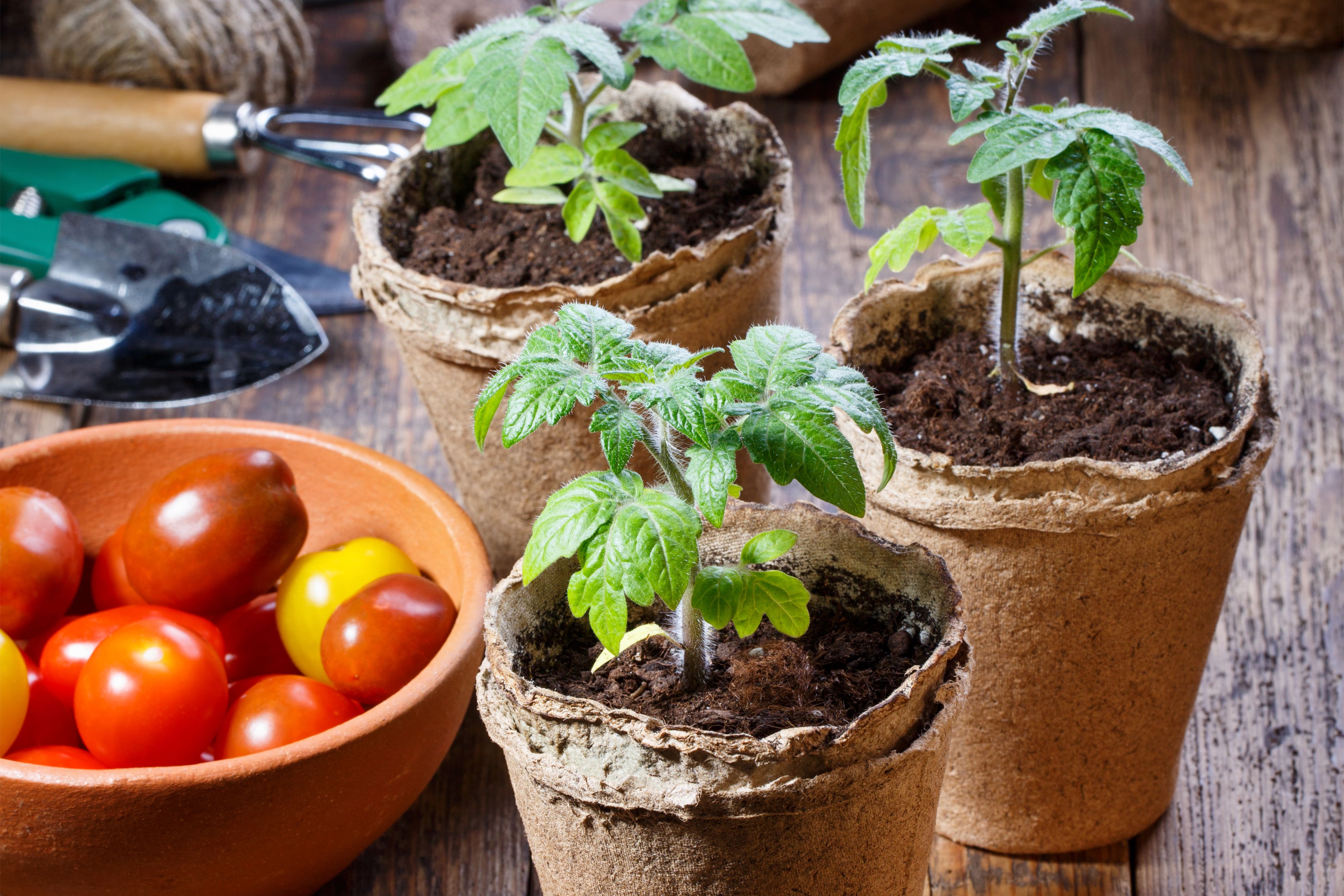

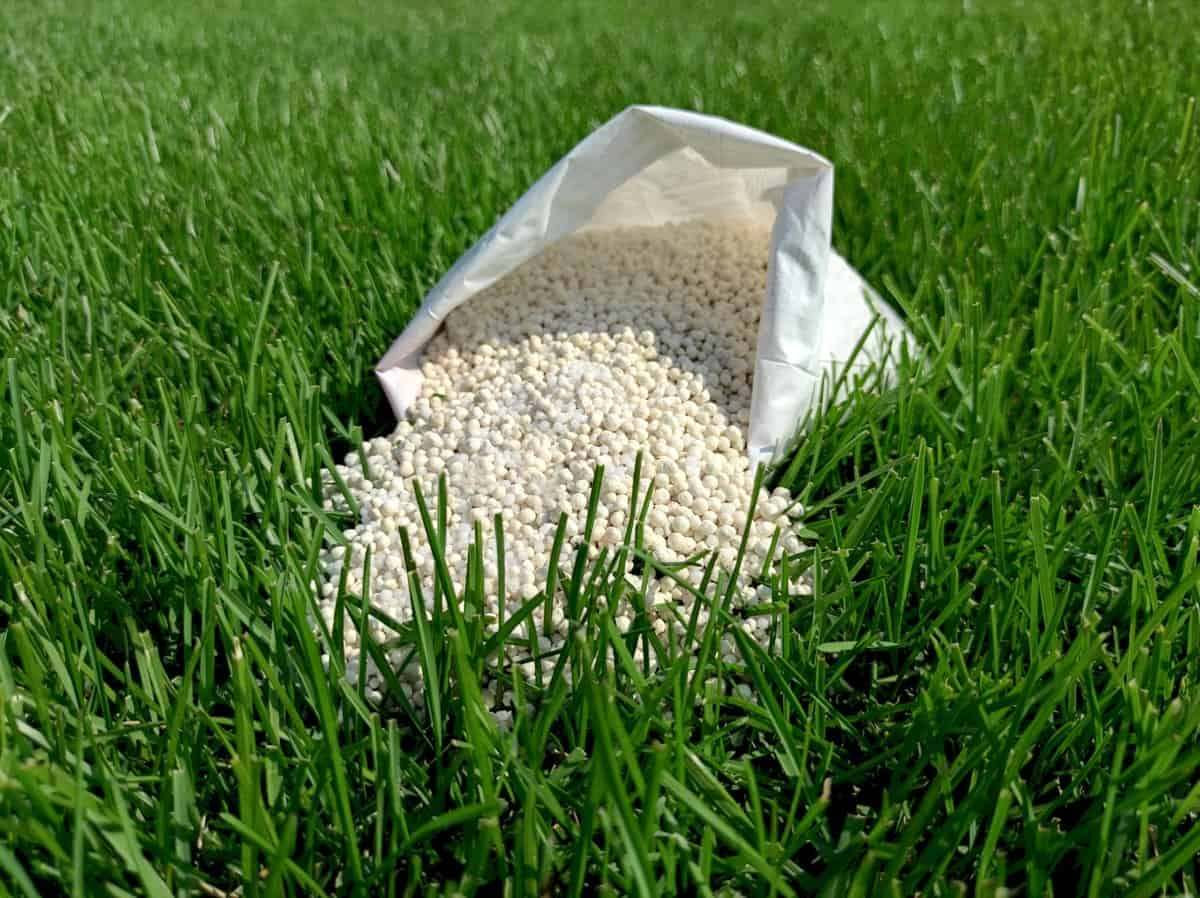
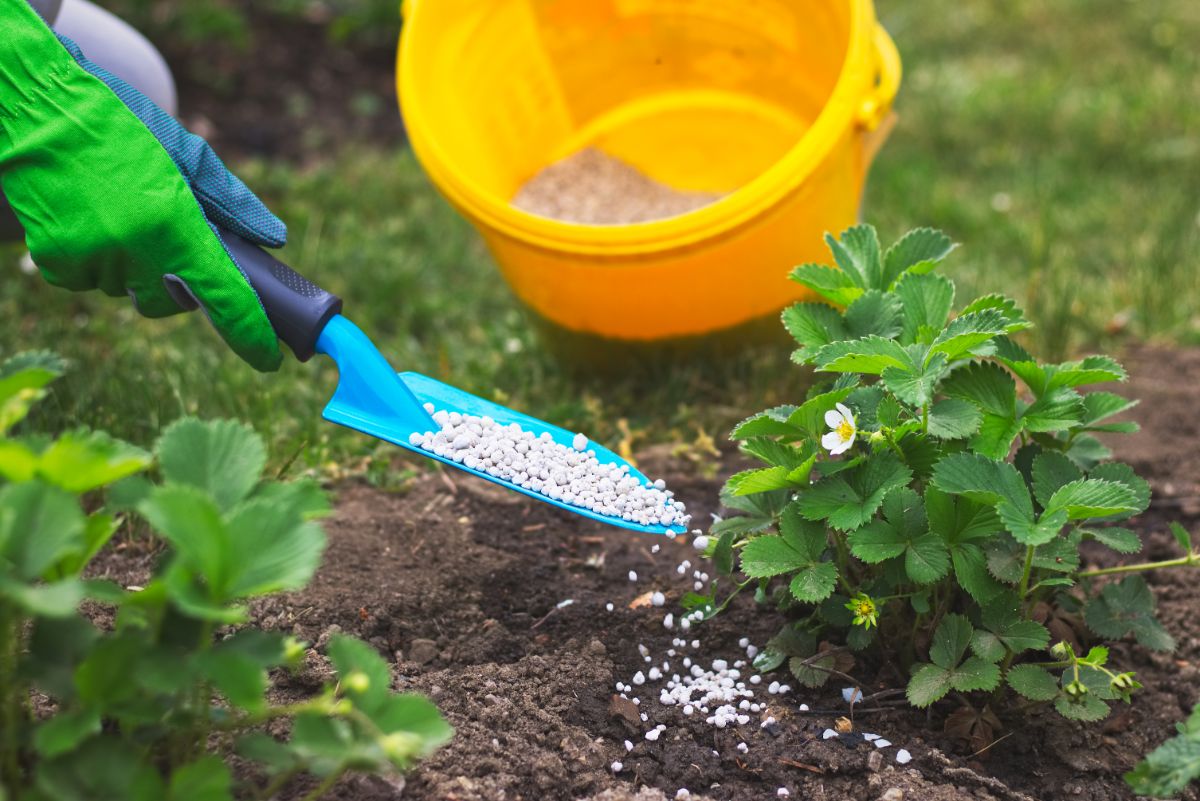

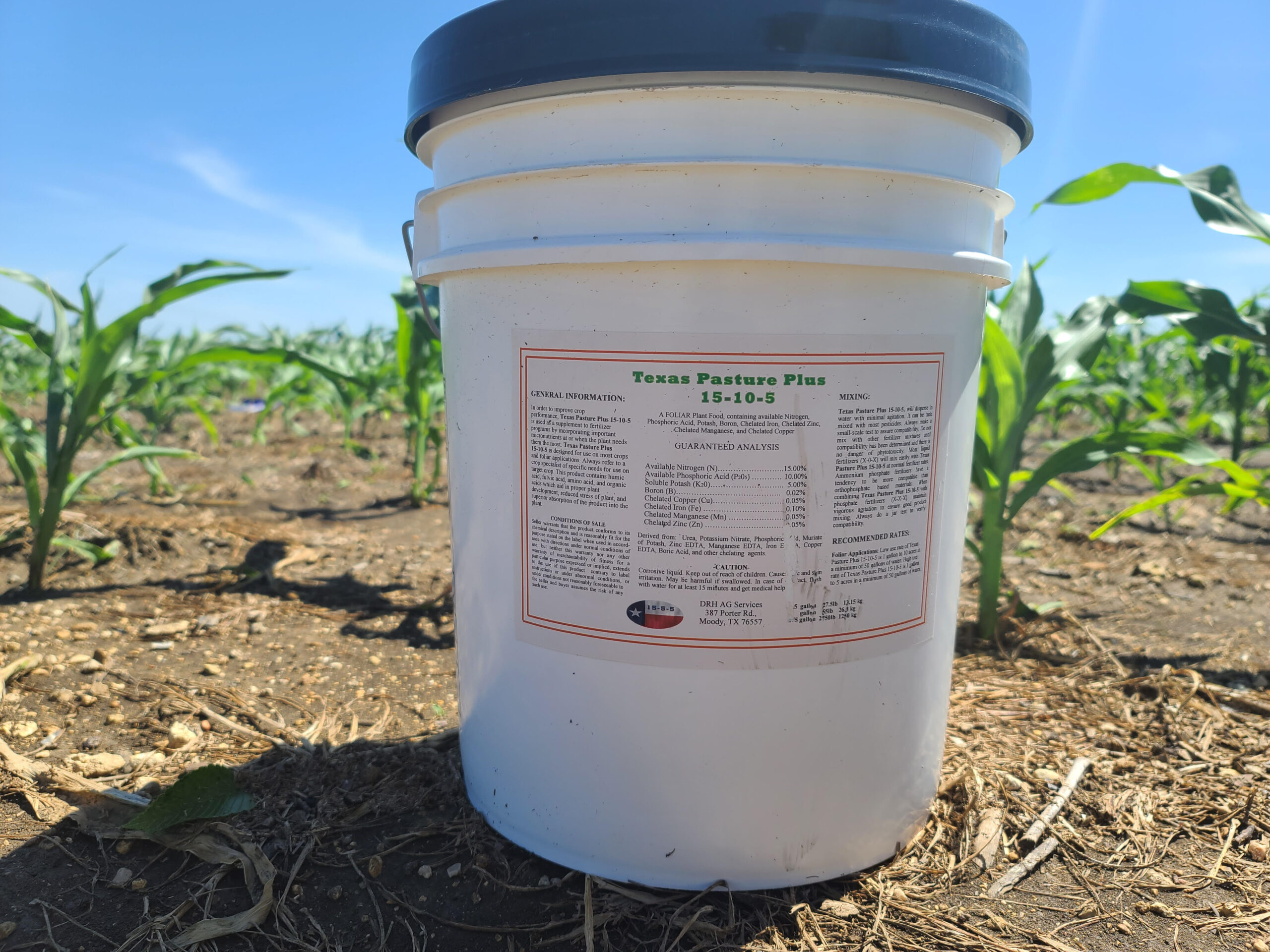
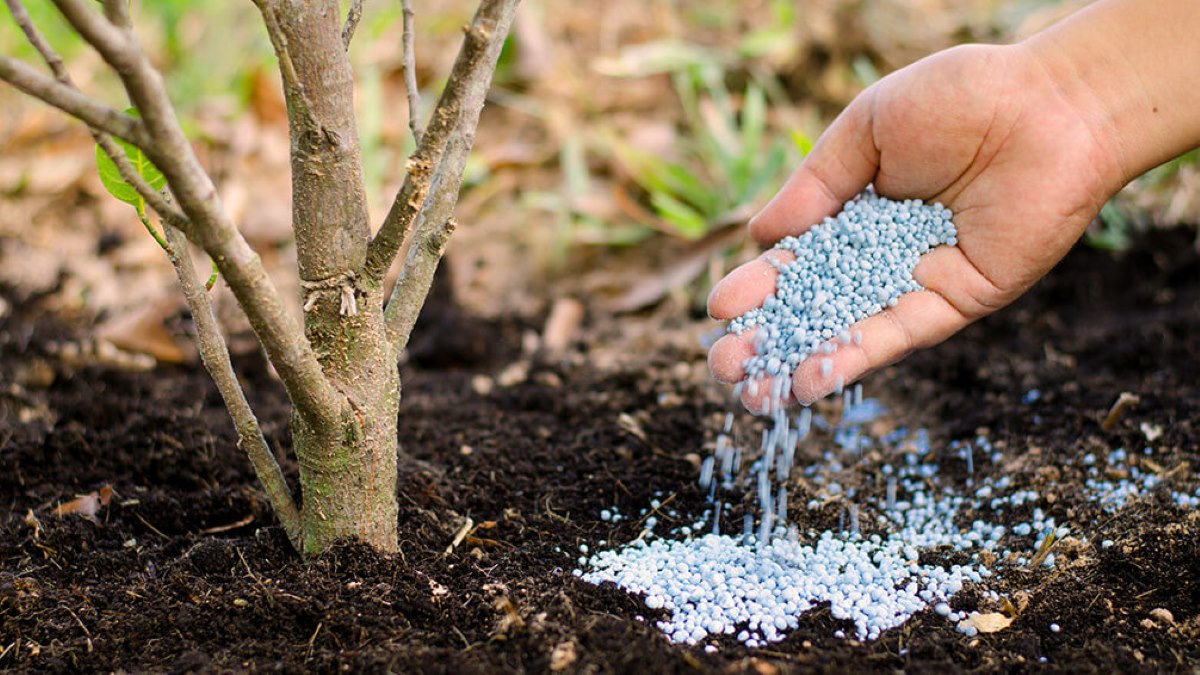
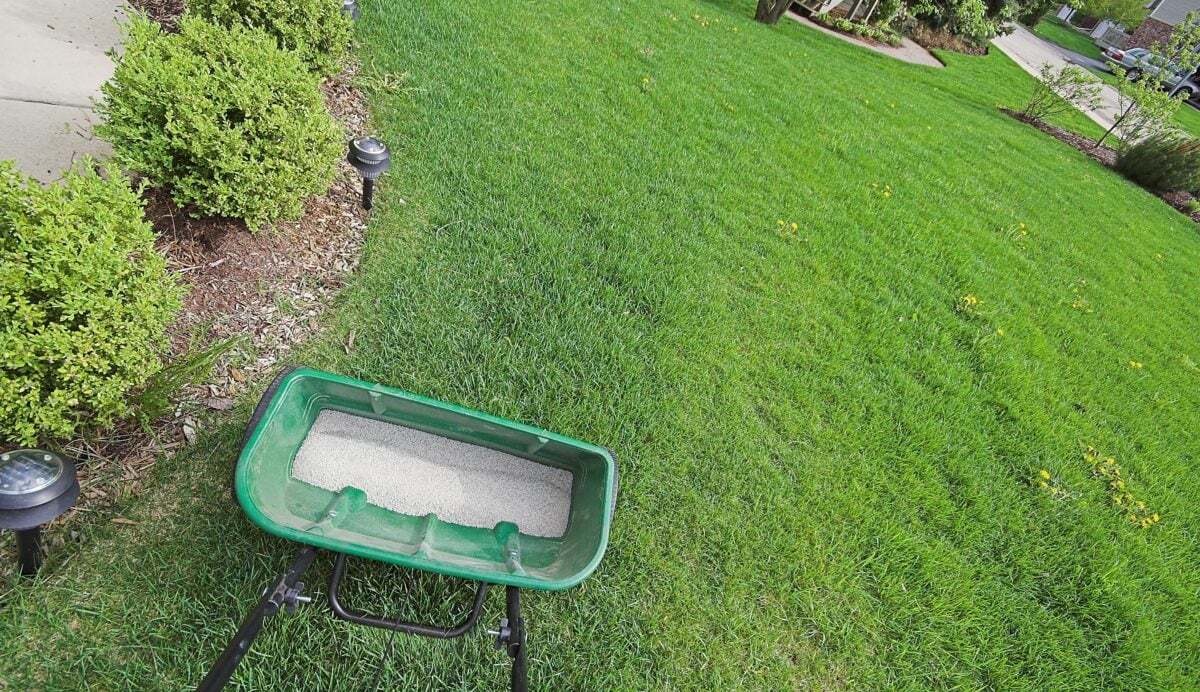


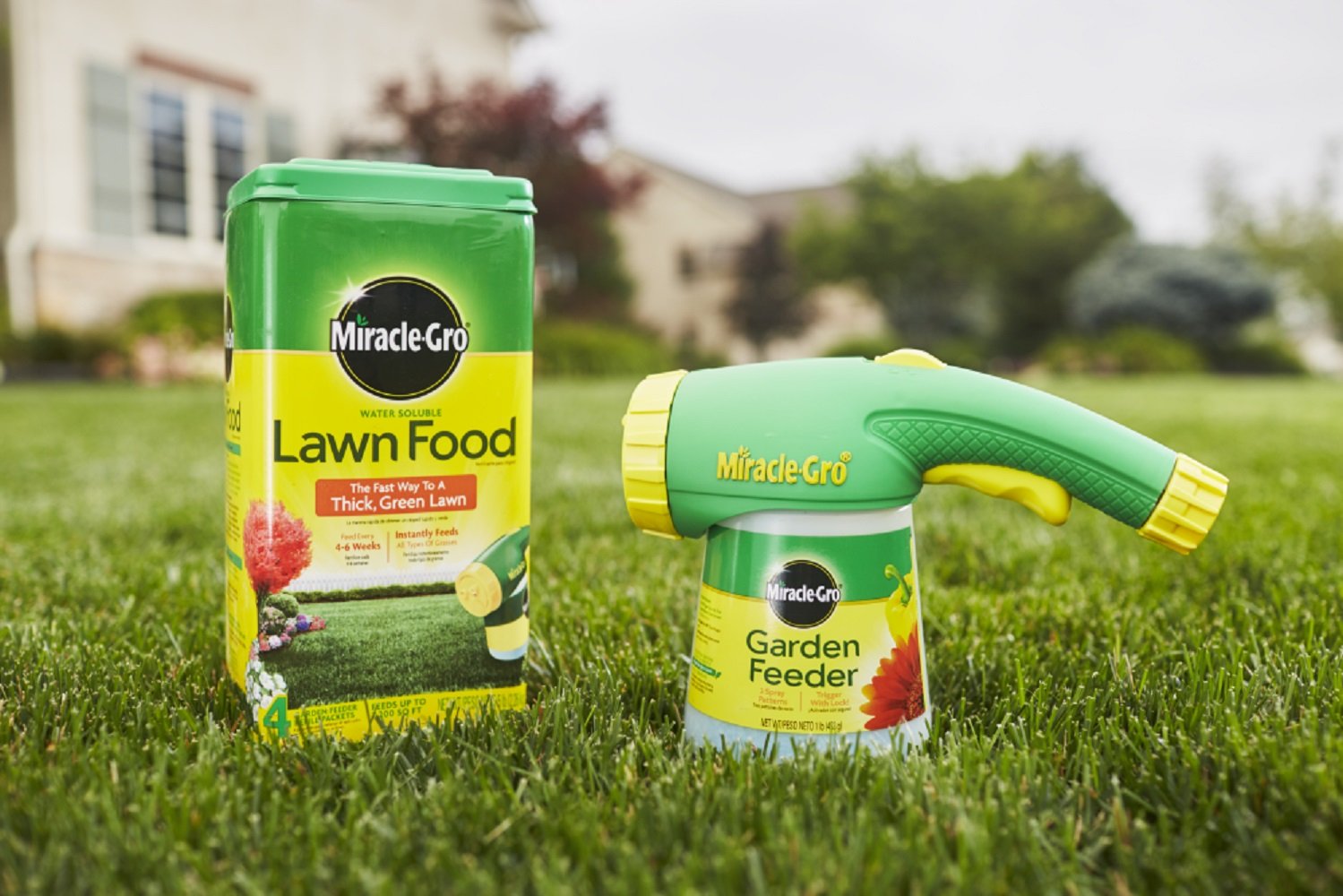
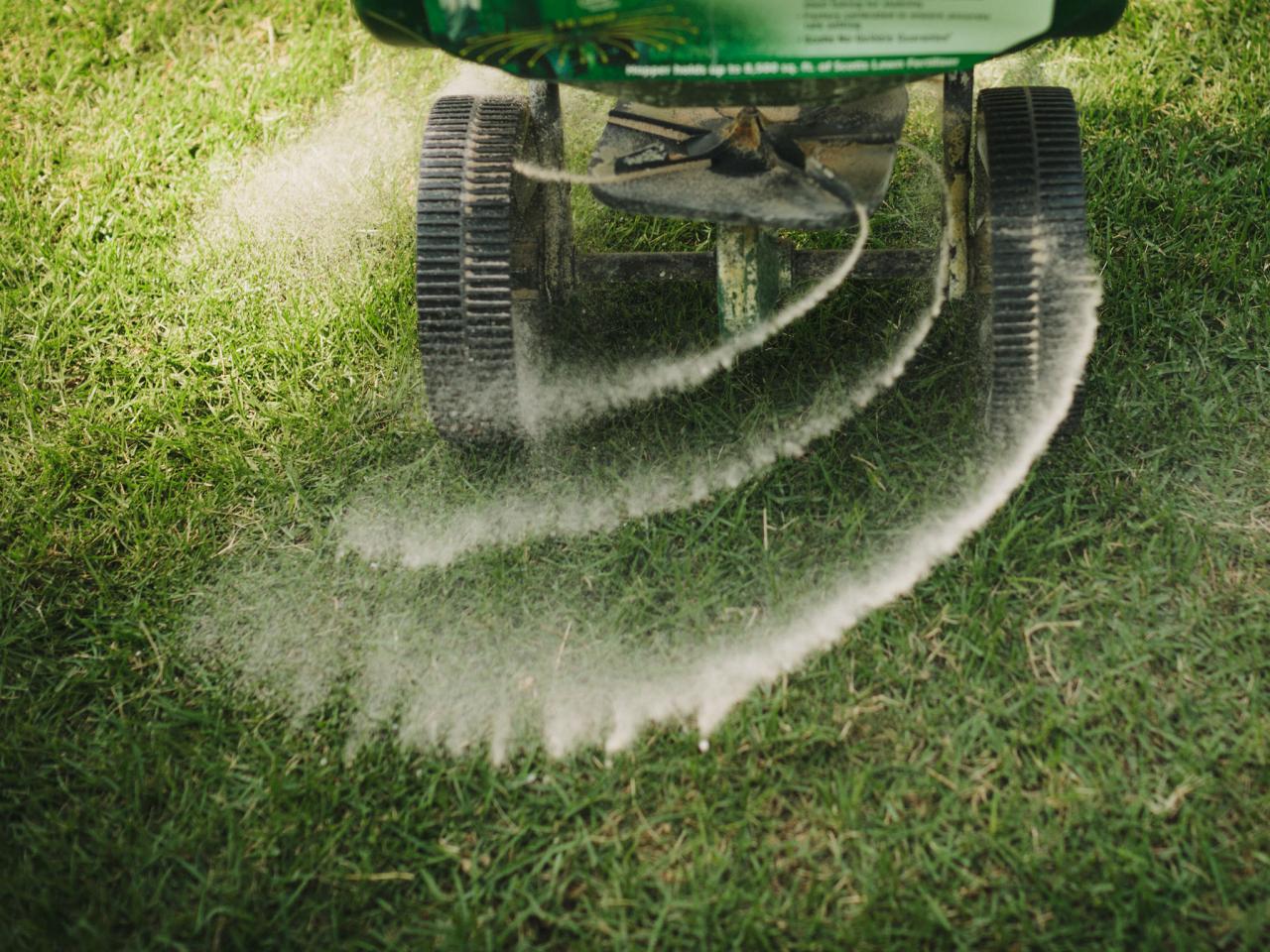
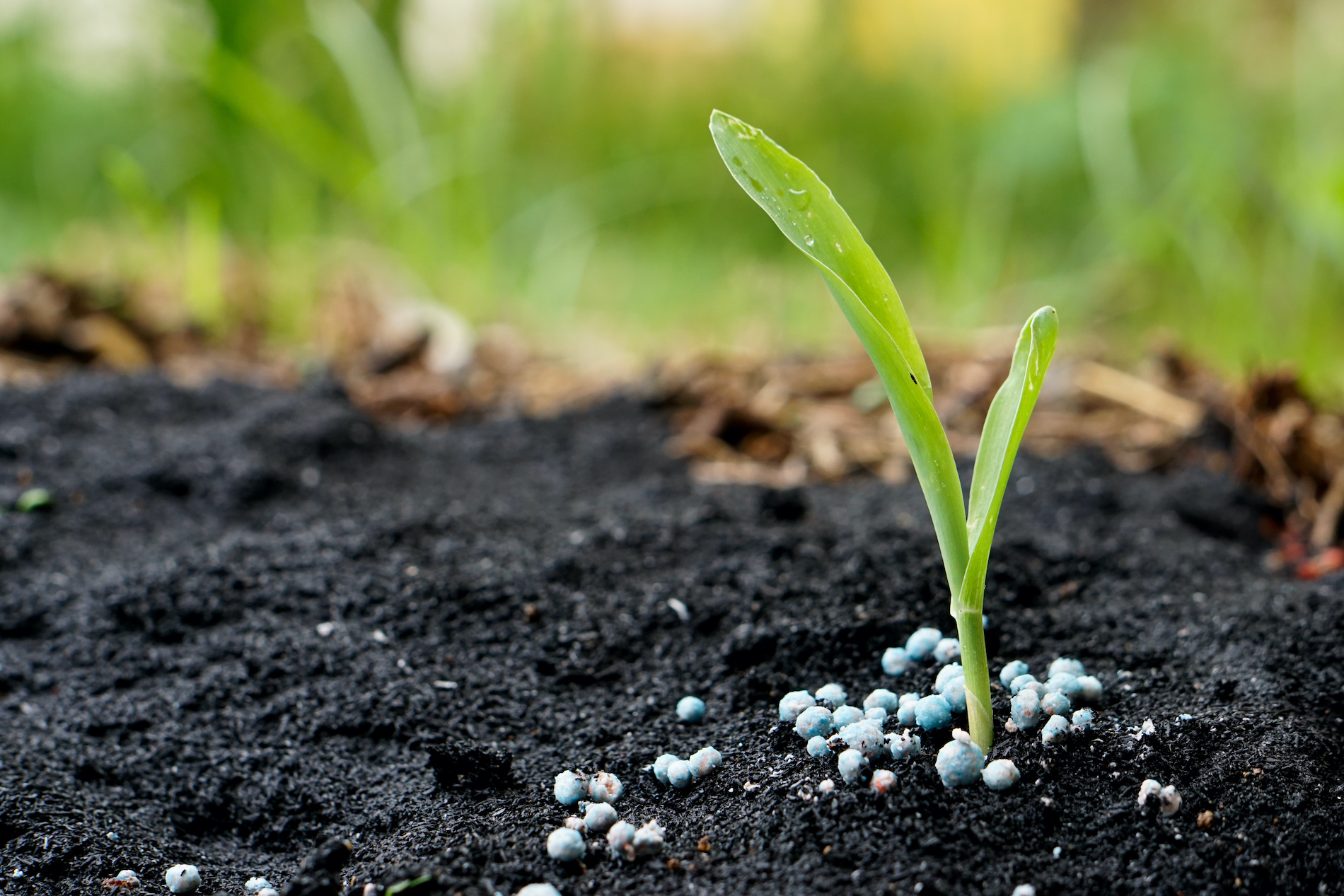

0 thoughts on “What Is The Best Fertilizer For Potatoes”